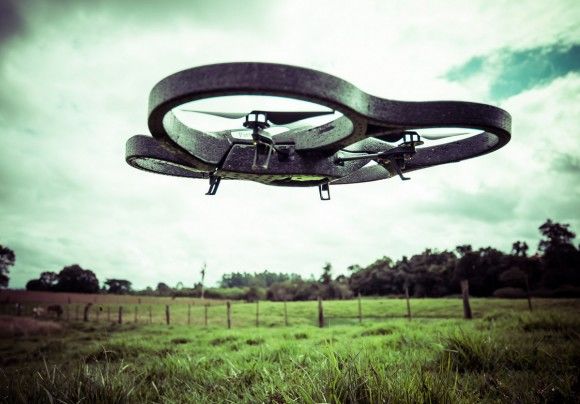When we look at telematics benefits here at Telematics.com, we tend to focus on industries like construction, insurerance, professional drivers and maintenance, but being able to get to the job site on time or know that your driver has taken one too many personal trips in your company vehicle aren’t the only uses for the tech (beyond the usual money saving bonuses). Making sure a complicated and expensive vehicle is being maintained properly and isn’t about to suffer any sort of catastrophic failure is also a big part of it and it’s making a big difference to farming.
Farming equipment has a lot going for it, but it also tends to be very big, very expensive and incredibly heavy. That means you can’t exactly pop to the local dealership if something goes wrong. It also means that when something does go wrong, it can be quite big, which could leave the combine or whatever other vehicle unable to move under its own power. That’s why telematics are becoming a life saving feature for a lot of farmers, since the maintenance company or manufacturer can monitor the vehicle remotely, checking its vitals are all up to scratch and that it isn’t set to overload any stressed components.
Dealers and maintenance staff can look at all sorts of notifications and metrics behind the scenes, which can tell an experienced individual that the vehicle in question needs a service, or if something isn’t working at an optimum rate. These are things that a standard farm worker may not notice, not through any fault of their own, but because they don’t have the training and information to hand.
Beyond keeping everything in ship shape though, telematics is offering a lot of other benefits to farmers, which agricultural vehicle manufacturers like CLAAS are more than happy to introduce farmers to.
“At its most basic level, a telematics system tells the owner where the machine is and what it’s doing, while providing the dealer with diagnostics information to help schedule servicing and prompt an alert if a problem arises,” said product manager Edward Miller of CLAAS.
“At a higher level, it can be used for field efficiency analysis and automated field operation recording – which can be summarised as: ‘When did I start, when did I finish, and what did I do?'”
Checking to see how fast certain work was completed and whether it could be improved upon through data analysis is making farms more efficient than ever, which is helping them save money in the long run. There are still quite often a number of people involved in certain aspects of farming, particularly during harvesting season, so they can run up quite high costs for the farm owners. Making it so that only necessary work is carried out in the most efficient way possible, could truly help save the British farm industry, which has suffered under price cuts in recent years, making it hard for many to turn a profit.
To make the task of installing telematics easy for farmers, CLAAS has introduced a three tier system of implementation. The first, and cheapest package, offers basic vehicle tracking and service diagnostics. Advanced adds yield recording and analysis of the past few days of operation, whereas the full package – and therefore the most expensive – provides unlimited data storage and analysis, so farmers can continue iterating their methods to improve their farm’s efficiency in the long term.
[Thanks FarmersWeekly]
Image source: Lima Pix, David Wright
